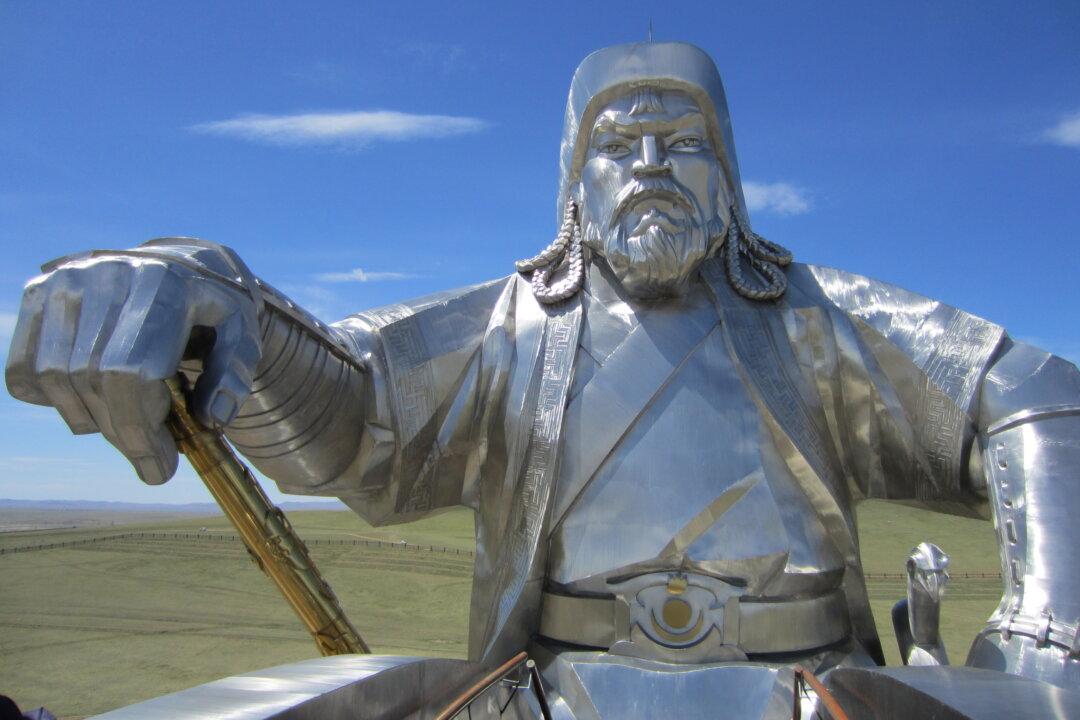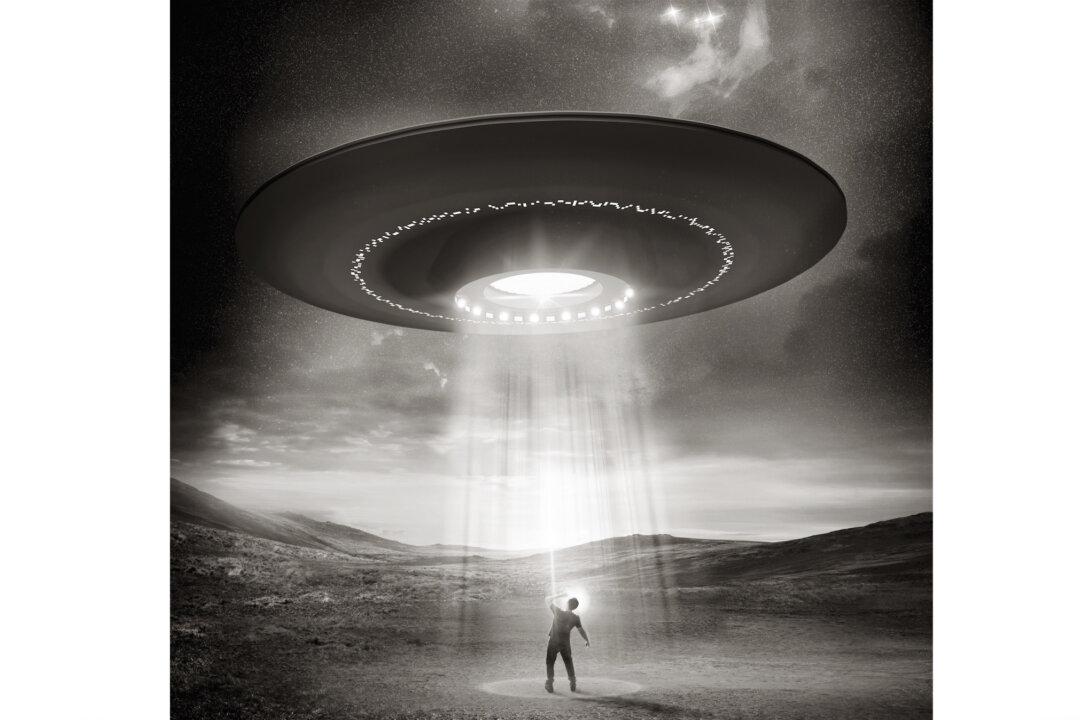Recently, a magnificent find by archeologists yielded a structure lost to time, a military stronghold used by Genghis Khan and his army as they conquered the known world. Yet, despite enthusiasm from researchers both in America and abroad, the final resting place of the great conqueror continues to be a mystery.
Legend has it, that all 2,000 witnesses returning from Genghis Khan’s funeral were killed in order to keep the resting place of the warlord a secret, according to National Geographic. Whether this story is true or not, we may never know.
But the fact remains that after decades of searching with millions of dollars invested and even with today’s modern satellite imaging technology, his final resting place remains a secret.
Temujin
Temujin, better known as Genghis Khan, means “of iron,” and the man lived up to his name throughout his life as the Mongol conquered nearly all of the Eastern world during the late 12th and early 13th centuries.




